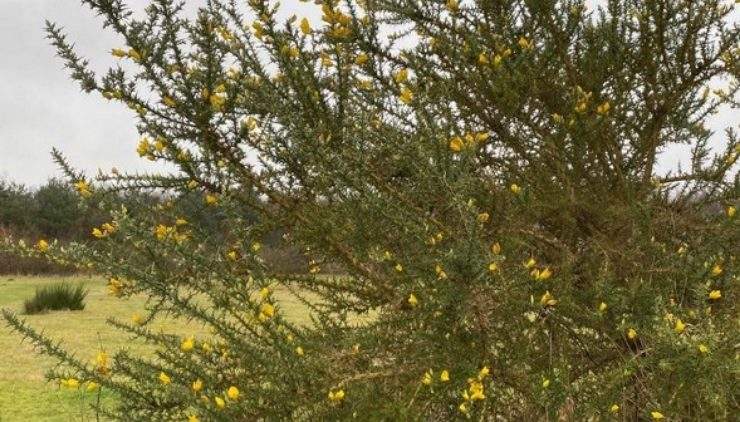September 2010 – a seasons view
- Categories:
- Nature
Effective habitat management has undoubtedly increased our natural diversity here and whereas we are now recording species which were previously not present (I don’t think we overlooked them!), I am glad to say there aren’t many things which have actually disappeared.
On the negative side, Tree Pipit jumps to mind. Only occasionally do we now catch a passing spring migrant and sadly we no longer get to enjoy the trilling repertoire as a bird parachutes from the sky to alight on the top of a pine. But this is a species which has also declined elsewhere and there is little we can do here to rectify the situation.
There were Woodlarks displaying on the heath earlier in the year. They haven’t always been here and what a star performer and singing virtuoso this bird really is. Also on the heath, Dartford Warblers (although not that well established) have been quite obliging, one male being particularly visible and vocal and Stonechats too have been more than holding their own and producing a good number of young. Always a good way to find a Dartford Warbler is to find the more obvious Stonechat first, as there exists an interesting bond between these two very different species.
From time to time we have been able to enjoy the lovely purring sound of nationally fast declining Turtle Doves. I am happy to say there has certainly been more of a presence of these exquisite doves in 2010 than there has been in the last few years.
And the Nightjars? They are doing just fine. In the spring, this year’s dawn chorus event joys included singing Golden Oriole (Yes, what a surprise and a treat!) and big flocks of Crossbills – 120 one day was definitely a site record for me.
Silver-studded Blue butterflies, now well established (not so 15 years ago) added colour to our heathland strolls in the second part of June and the first part of July and I understand White Admirals put in another good showing around the park.
If I’m honest, I did coincide with a bit too much of the dingier summer days for my liking and as a consequence missed out on some of the fine array of dragonfly and damselfly species on offer here in 2010. The Conservation Pond now boasts the range expanding Small Red-eyed Damselfly, which I have yet to see here myself. Oh well, roll on 2011.
I have however been compensated with lots and lots of moths, which many people have enjoyed with me at our regular moth soirees. Last Wednesday I ran my first series of wildlife events at the Woodhill Park site at West Runton. The mothing was great, as were the seabirds, and I look forward to offering more events at this new location next year.
Two more things to say. Number one; do think about joining us for an ‘off season’ wildlife weekend in November. We visit all the top spots in the region – Cley, Holkham, Pensthorpe, Titchwell and others – in addition to our usual Kelling Heath events. If it’s mild, there could be some late autumn moth species. We did very well for birds last year, so much so that some of the participants have booked again.
(See Accommodation section on this website for more details or contact me directly, if you wish, by e-mail peterwalton@wildlifenorfolk.co.uk or phone 07780 514276.) Secondly, if you want to know a bit more about my background and what courses and activities I am offering this autumn, you can either visit my webpage www.wildlifenorfolk.co.uk or read the article in this Saturday’s (4 Sept 2010) Eastern Daily Press Sunday supplement - the Kelling Heath photos were taken on a glorious early September afternoon.


